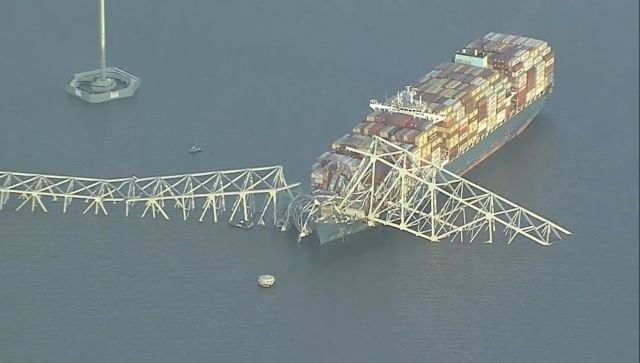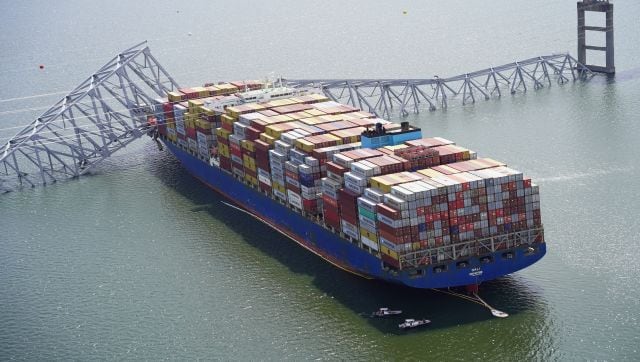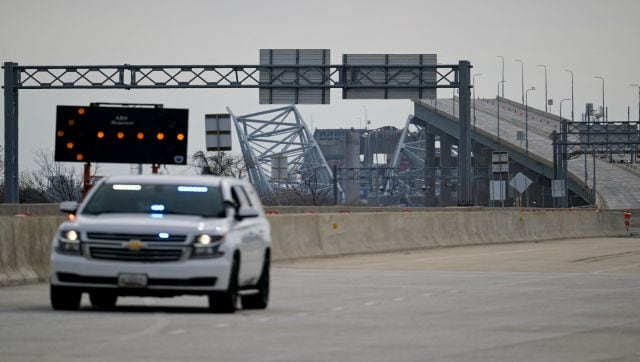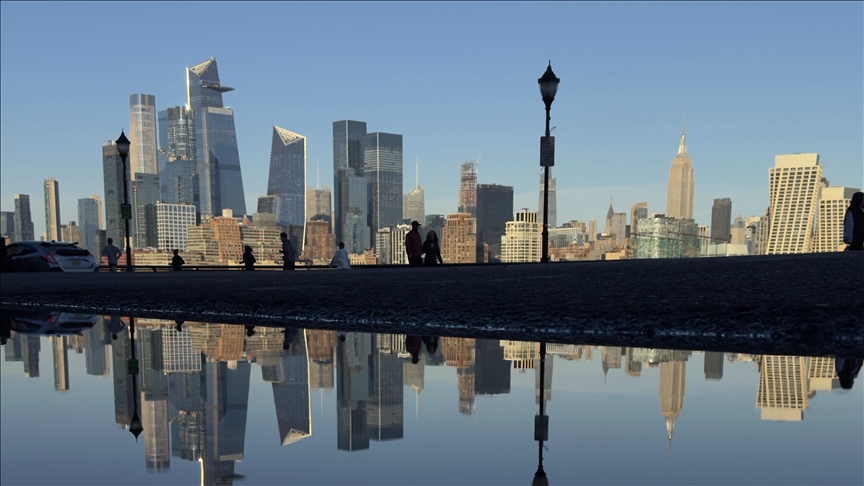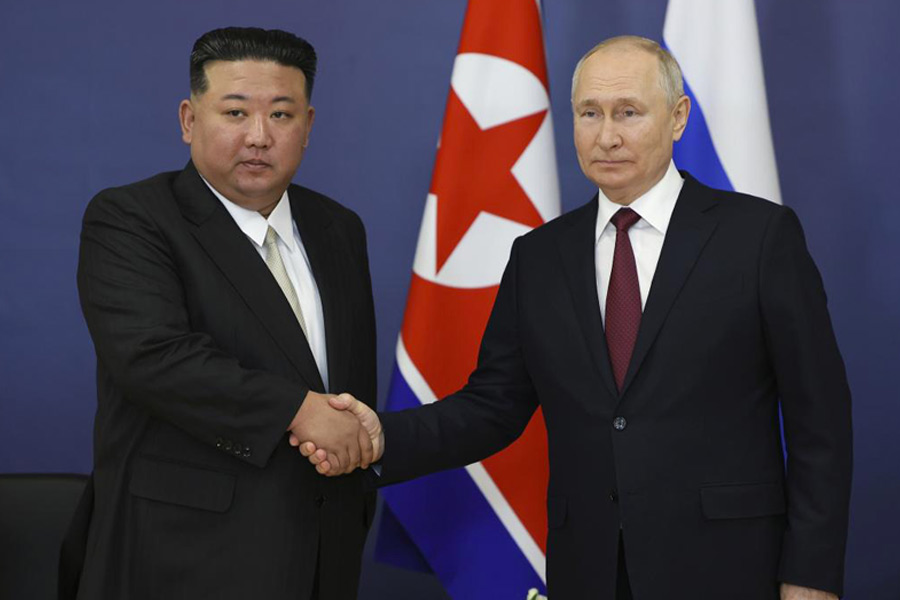March 30, 2024
in Reports
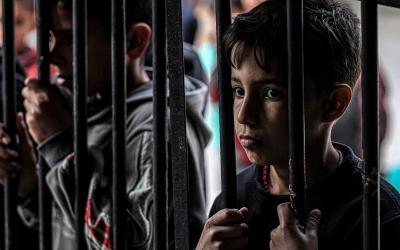
The Gaza’s Government Media Office published Friday, March 29, the latest update on the significant statistics of the genocidal war waged by the Israeli occupation forces on the Gaza Strip since the start of this war, October 7, until today.
175 days since the outbreak of the Israeli war of genocide against the Gaza people, the enclave has witnessed the dropping of over 70,000 tons of explosives by the Israeli killing machines on the heads of people living in the most densely populated area in the world.
Casualties
During this course of time, the Israeli army has executed 2,888 massacres, resulting in the killing and missing of 39,623 Palestinians, including 32,623 martyrs who were reported in hospitals, and another 7000 Palestinians who are still missed under the rubble or reported abducted by the army.
Children
73% of the victims were sadly children and women. 14,350 innocent child were murdered in this henious war, including 28 who died of famine, marking the highest number of children’s victims whose lives were claimed due to the violence of war over history. Meanwhile, 17,000 children have been living without their parents or one of them.
Women
The number of Palestinian women who were massacred in Israeli air or ground bombarding reached 9,460 females. 60,000 pregnant women are at risk due to the lack of access to health care. Some pregnant women were reportedly rapped, verbally abused and physically assaulted by the Israeli soldiers while staying with their families in some healthcare shelters.
Personnel
364 Palestinians working the healthcare sector were also killed, while other 274 health personnel were arrested. 48 persons of the victims were from Civil Defense. 136 journalists were deliberately killed, and 12 cases of arrest of journalists whose names are known we’re reported.
Diseases
With 2 million Gazans have now been displaced either in tents or schools, 700,000 Palestinians, young or old, male or female, have been infected with infectious diseases as a result of displacement, while 8,000 cases are of viral hepatitis infection due to the displacement. Other 75,092 were infected without being displaced.
Health System
The already-deteriorated health system in Gaza has been fanted in this war. 159 health institutions were targeted by the Israeli occupation. 32 hospitals have been rendered out of service by the Israeli attacks, 53 of health centers that the occupation took over are now out of service. 126 ambulances were targeted by the Israeli airstrikes.
All of the mentioned destruction has left 11,000 wounded people in need of to travel for “life-saving and dangerous” treatment. 10,000 cancer patients are at verge of death and need treatment. 350,000 chronic patients are at risk due to non-administration of medications.
Buildings
168 government headquarters were destroyed by the Israeli airstrikes or tanks’ attacks. (100, 227, 70,000) of schools and universities, mosques, and housing unites, respectively, were completely destroyed.
While (305, 294, 290,000) schools and universities, mosques, and housing unites, respectively, were partially demolished by the Israeli army war machine.
200 archaeological and heritage sites in addition to 3 churches were also destroyed and affected by the Israeli bombardment.
Shortlink for this post: https://daysofpalestine.ps/?p=52869
In pictures: Belfast murals display powerful
solidarity with Gaza
Pro-Palestinian murals supporting besieged Palestinians of Gaza can be spotted on the International Wall in Northern Ireland's capital.
REUTERS
A woman takes a picture on her mobile phone of a pro-Palestinian mural on the International Wall in support of Gaza. / Photo: Reuters
Belfast's International Wall is alive with murals echoing the city's solidarity with besieged Gaza where Israel's 176-day war has killed at least 32,623 Palestinians and wounded 75,092 others.
The artworks stand as a symbol of unwavering support for besieged Palestinians in the bustling capital of Northern Ireland.
Demonstrations have been held across the UK in recent months in response to Israel's brutal war that has killed and wounded thousands while more dead are believed to be buried under rubble and more than 80 percent of Gaza's 2.4 million population is displaced, many at risk of famine.
REUTERS
Israel's war on besieged Gaza — now in its 176th day — has killed at least 32,623 Palestinians and wounded 75,092 others.
REUTERS
UN Special Rapporteur on the Occupied Palestine Territories Francesca Albanese has accused Israel of carrying out genocide in Gaza, adding efforts should be made to stop the "ongoing genocide" in Palestine.
OTHERS
The United Nations has warned that famine "is ever closer to becoming a reality in northern Gaza", and says Gaza's health system is collapsing "due to ongoing hostilities and access constraints".
REUTERS
UNRWA has hailed the International Court of Justice (ICJ) for ordering Israel to take measures “without delay” to ensure “the unhindered provision” of basic services and humanitarian aid.
REUTERS
Israel has imposed a crippling blockade on Gaza, leaving its population, particularly residents of northern Gaza, on the verge of starvation.
REUTERS
Israeli air strikes and shelling have reduced large swathes of the densely populated coastal Gaza to rubble and killed more than 32,000, some 45 percent of them children.
OTHERS
More than 80% of the 2.4 million population have been displaced by Israeli war, many of them at risk of famine.
REUTERS
World Court has unanimously ordered Israel, accused by South Africa and a UN expert of genocide in Gaza, to take all necessary and effective action to ensure basic food supplies to the enclave's Palestinian population and halt spreading famine.

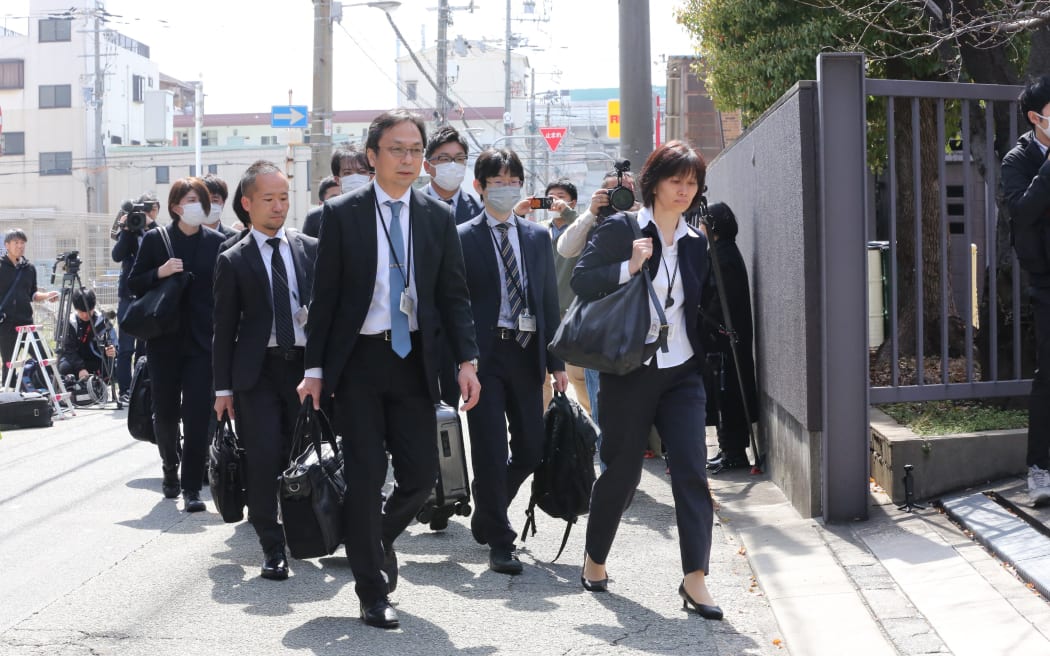




)
